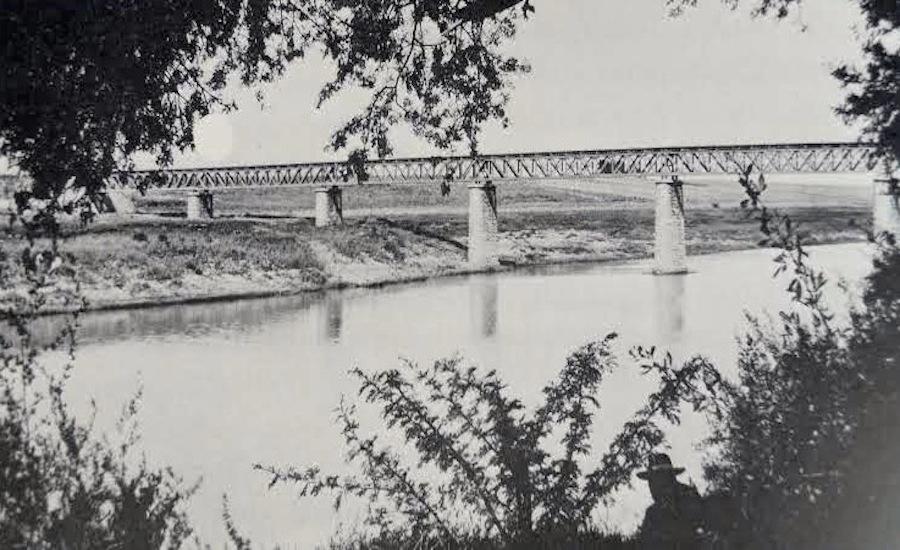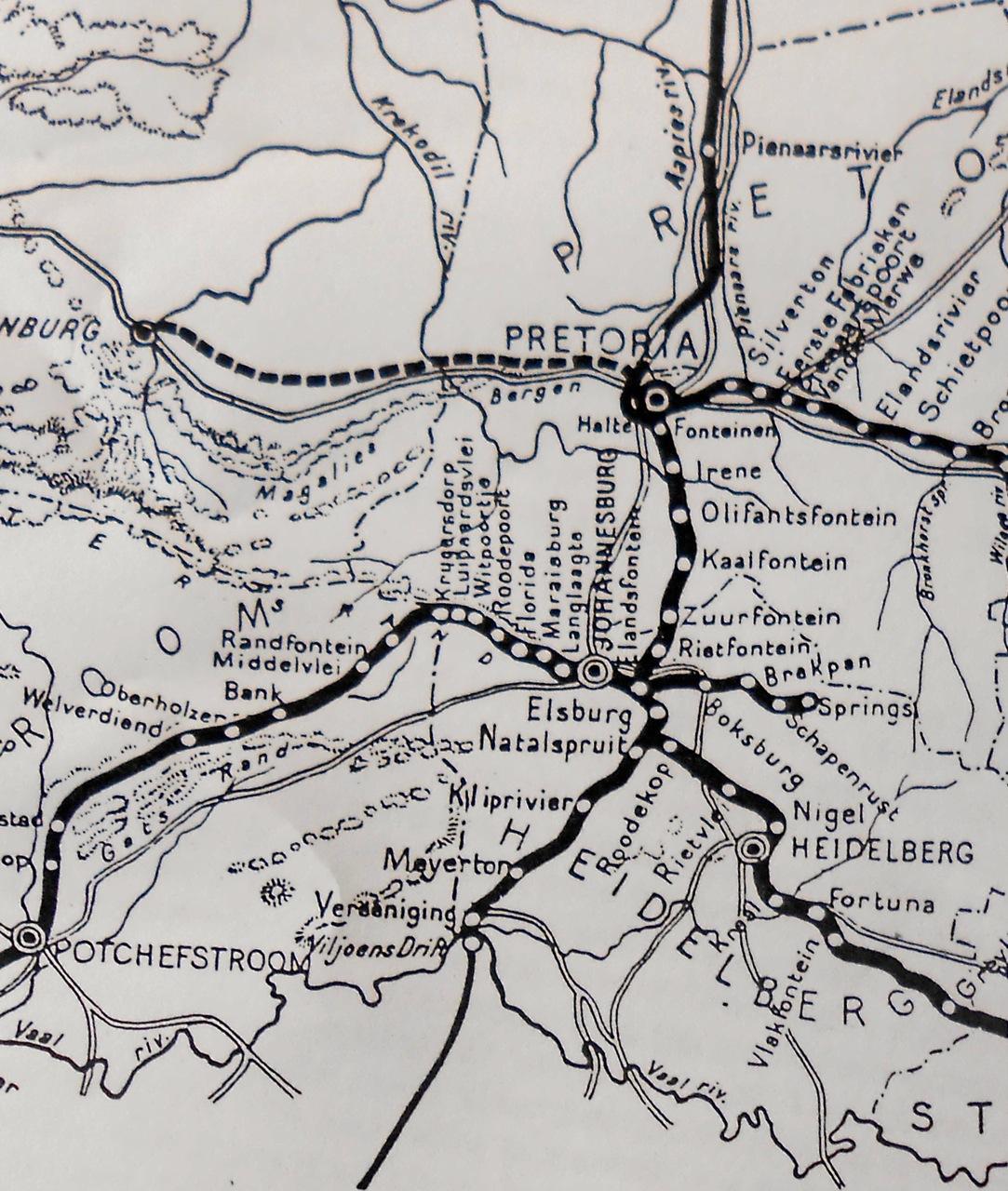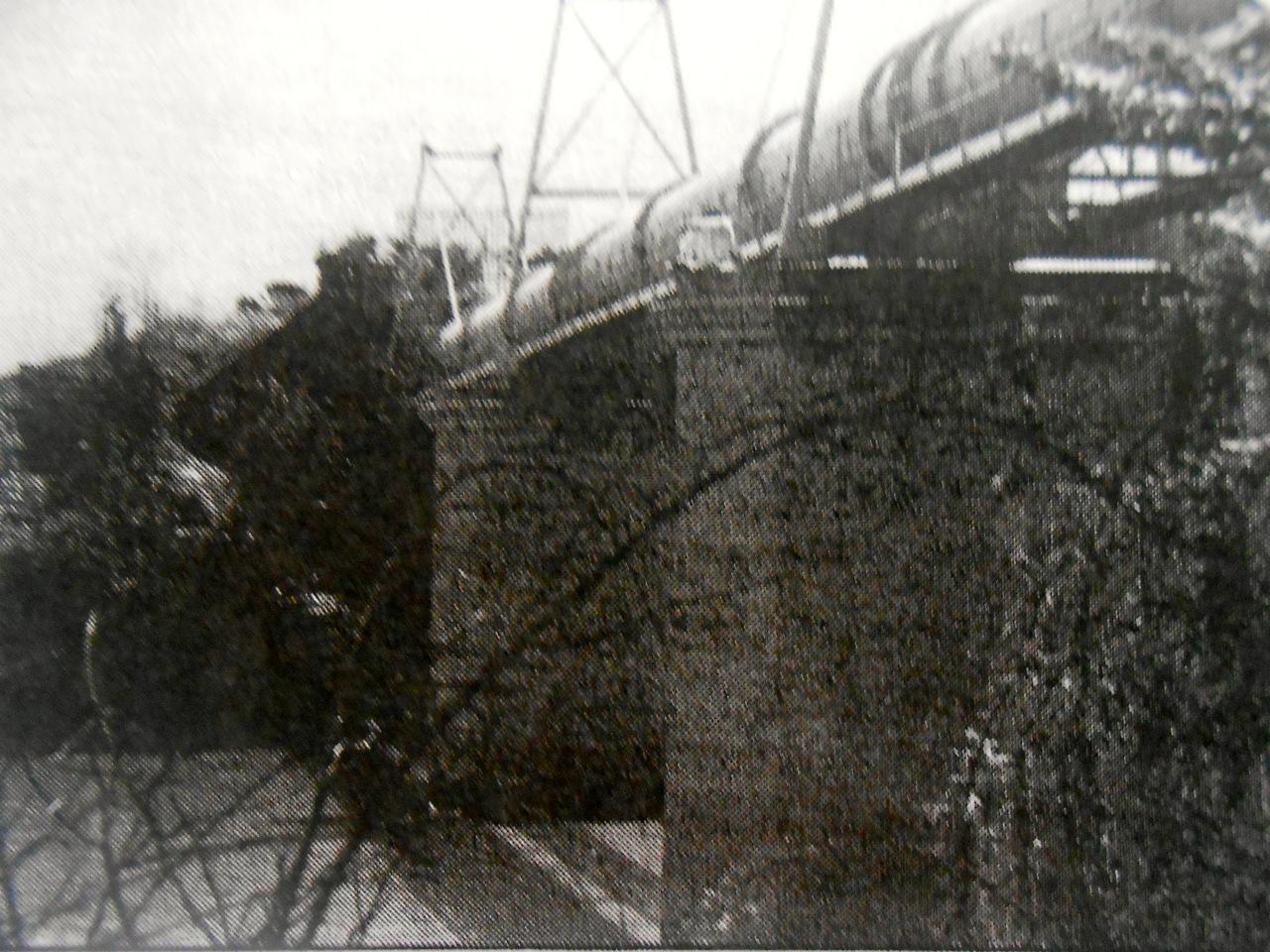
Disclaimer: Any views expressed by individuals and organisations are their own and do not in any way represent the views of The Heritage Portal. If you find any mistakes or historical inaccuracies, please contact the editor.
Below is the second part of an article compiled by NZASM expert Robert de Jong in the late 1980s (the Nederlansche Zuid-Afrikaansche Spoorweg-Maatschappij (NZASM) was a Dutch company responsible for the construction and administration of many early Transvaal railway lines). The first piece looked at the structures and buildings of the Rand Tram while this one looks at the Southern Line. Very little NZASM architecture has survived on these lines due to rapid economic growth in the region over the decades.
When work on the construction of the Rand Tram started in 1889, it was already deemed highly probably that at no distant date the harbours of the Cape Colony and Natal would be connected with the Transvaal railways in order to reach the Witwatersrand. The Transvaal Government recognised the importance of the different lines being worked by the same company (NZASM), with the object to protect the Delagoa Bay Line against isolation and the loss of its privileged status.
In June 1890 the Volksraad sanctioned the construction of a railway line from Pretoria to the Vaal River, where it would join a railway which was projected through the Orange Free State to the harbours of the Cape Colony.
The Southern Line (Pretoria-Vaal River) consisted of three sections: the Rand Tram cut the line in two halves at Elandsfontein, and the third part was made up by the section Elandsfontein-Johannesburg, which would be doubled and thus no longer form part of the Rand Tram system.
Part of a railway map from 'In Memoriam NZASM', showing the Rand Tram and the Southern line and portions of the Eastern Klerksdorp and Volksrust lines
The construction of the section Pretoria-Elandsfontein was immediately proceeded with in August 1890. After a few months work, the Southern Line came to a standstill because of the NZASM's financial difficulties. The Cape Colony provided the necessary capital, and thereby enabled the company to continue the construction of the new line in early 1891. In September 1892 the Vaal River - Elandsfontein section (65km) was opened for traffic, followed by the remaining section Elandsfontein - Pretoria (59km) in January 1893.
The Southern Line was built by four different contractors while two other firms erected the various station buildings and cottages. Like the Rand Tram the volume of traffic handled by the Southern Line increased annually. New stations had to be added, more houses had to be built, signalling, watering and loading facilities were constantly improved. Each year saw the enlarging of station yards and the laying of more tracks.
Station buildings
In 1900 the following stations were distributed along the Southern Line (present name between brackets): Between Pretoria and Elandsfontein, north to south: Fonteinen, Drogegrond (Lyttelton), Irene, Olifantsfontein, Kaalfontein, Zuurfontein (Kempton Park), Rietfontein (Elandsfontein), Driefintein (Knights). Between Elandsfontein and the Vaal River, north to south: Elsburg, Aansluiting (Union), Natalspruit, Klipriver, Meyerton, Vereeniging.
With the exception of the Vereeniging station buildings all Southern Line stations were provided with simple corrugated iron structures containing waiting-room, office and station-master's living-quarters. They were of the same standard design the NZASM used for its other stations where trains coming from opposite directions had to pass or 'cross' each other. The station buildings of the Southern Line were very similar to the early Delagoa Bay stations. Some of them were used as recently as the 1930s. Today however, none are to be found any more. Likewise the red brick Vereeniging station buildings were demolished in 1953 after the completion of a new station.
Houses
Along the line a number of gangers cottages were constructed all of which have faded into oblivion. The situation as regards the houses at Braamfontein, Kazerne and Elandsfontein, stations which were mainly part of the Southern Line system, has already been dealt with.
As a station Vereeniging was of great importance, being the terminus of both the Southern Line and the Cape Line. Various NZASM officials had to be accommodated here, and hence four double and one triple cottage for married and unmarried staff members were built. Their design is similar to that of the Germiston NZASM houses.
Sheds
None of the sheds erected at Vereeniging and Zuurfontein still exist.
Bridges
The Southern Line had to cross a few major streams, entailing the construction of girder bridges like the one across the Vaal, Langkuilspruit, Klip River, Natalspruit and Six Mile Spruit. Of the Langkuilspruit bridge, which had a plate girder span 10m in length, only the sandstone abutments have remained. The same situation occurs at the former Six Mile Spruit bridge to the South of Irene, which has a single parabolic truss girder 25m long. The sandstone abutments of the Klip River bridge are still in use, but the 30m truss girder is of a later date.
Smaller spruits were crossed by bridges with 5m plate girder spans. To the north of Kempton Park station the abutments of two of these are left.
The largest of all NZASM bridges in the Transvaal was the one across the Vaal River at Vereeniging, built between July 1891 and November 1892 by Geveke & Co. and the NZASM. Because of its importance as the link between the Transvaal and Cape railway systems, and also because of the width of the river and topography of the river banks, a special design was used. The bridge has six inverted truss girders of 35m each, supported upon two high sandstone abutments and five piers, rising some 12m above the normal water-level.
On 5 November 1892 the first train steamed across the completed bridge. Since then the structure was continuously in use until 1955, when a new double-track railway bridge was built further downstream. The six girders were removed, but the abutments and piers were left standing, now carrying a huge pipeline across the Vaal.
Old Vaal River railway bridge, Vereeniging: western (Transvaal) abutment, and two of the five piers (via Robert de Jong)
Culverts
All along the Southern Line the usual culverts were constructed especially where the line traversed the more hilly areas to the south of Pretoria. Between Pretoria and Irene about four arched culverts have remained, one of them a very long one (14m) - more like a miniature tunnel.
To the south of Irene an old embankment contains a very large arched sandstone viaduct spanning the Pinedene River. This viaduct is quite unusual as it has a keystone bearing the inscription IMR 1901. This was probably a NZASM structure which was repaired or rebuilt by the Imperial Military Railways during the Anglo-Boer War.
Quite a few arched culverts of the Vereeniging-Natalspruit section of the Southern Line have survived.
Comments will load below. If for any reason none appear click here for some troubleshooting tips. If you would like to post a comment and need instructions click here.


